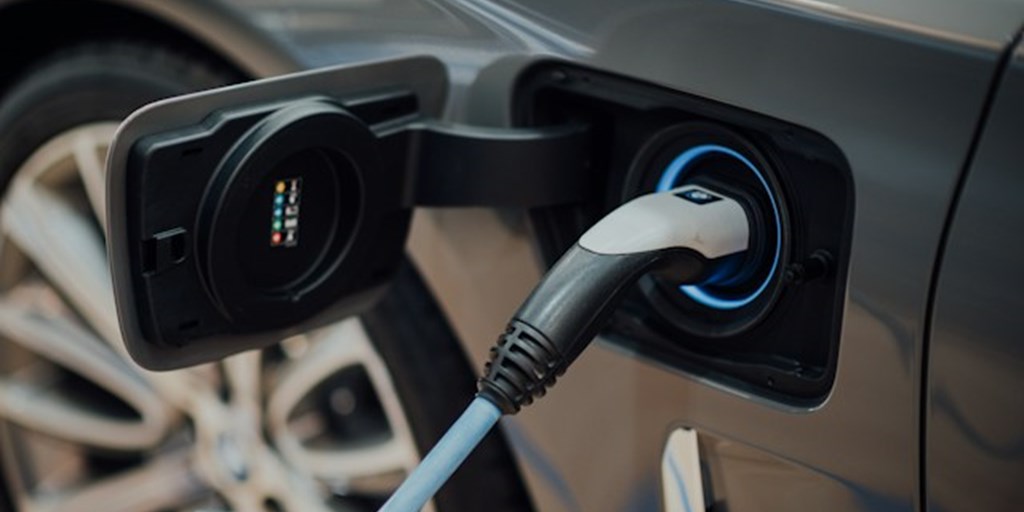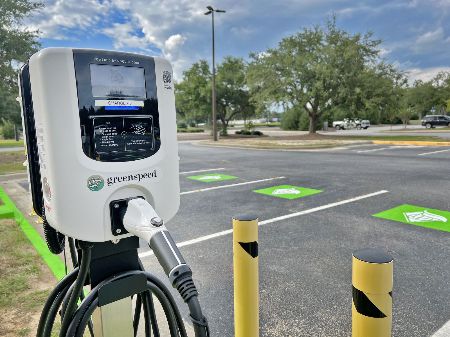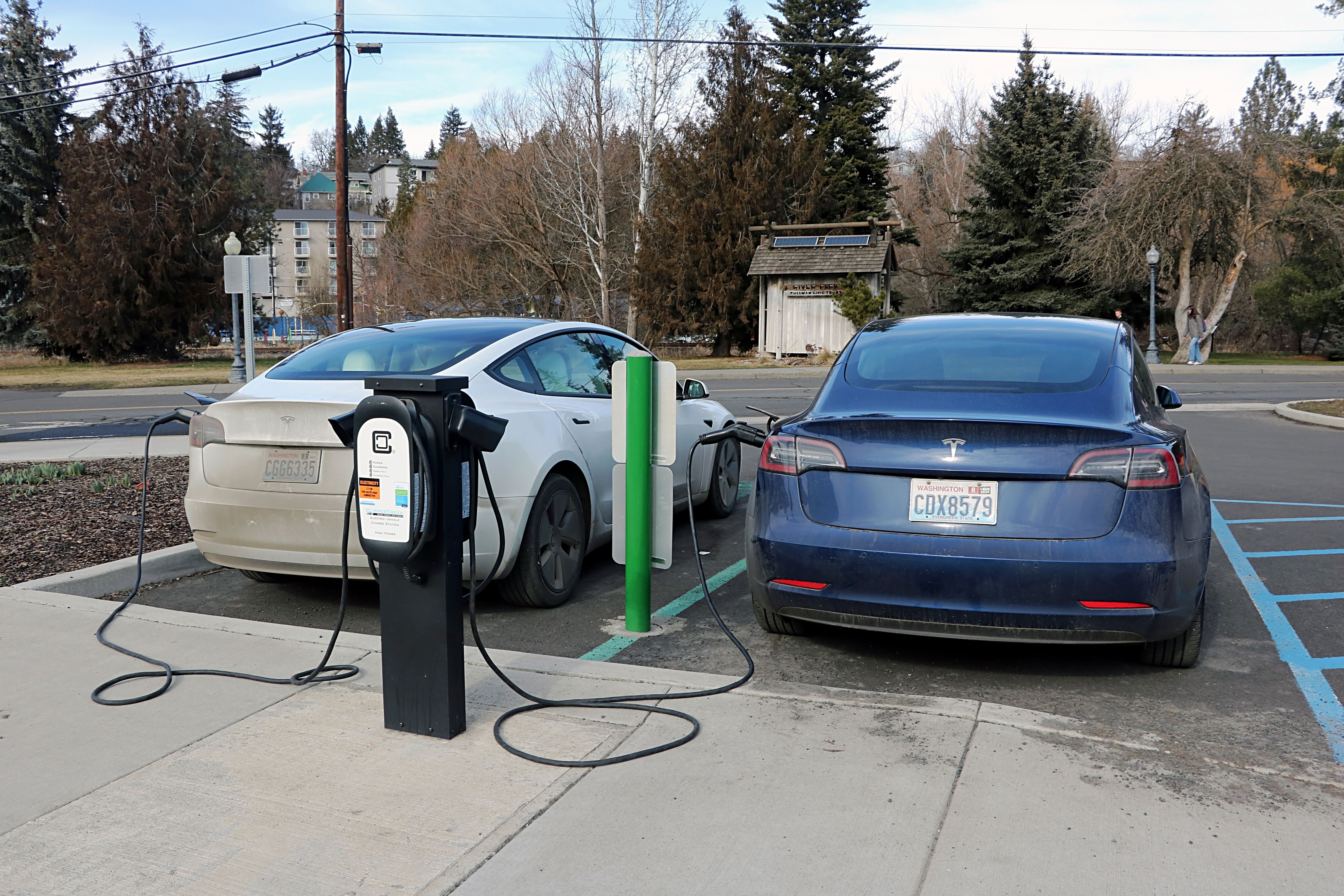What’s Driving the Growth of EV Infrastructure? Buy EV Charging news for Key Updates
What’s Driving the Growth of EV Infrastructure? Buy EV Charging news for Key Updates
Blog Article
Top EV Charging Information: Trick Updates on Infrastructure and Technology

Recent Advancements in Fast-Charging Innovation

Additionally, developments in battery modern technology, including enhanced thermal management systems and higher energy density batteries, complement fast-charging capacities. These developments reduce the risk of battery deterioration throughout fast charging, ensuring durability and performance for EV proprietors.
Furthermore, the combination of clever billing solutions is improving customer experience, making it possible for real-time surveillance and vibrant prices models. EV Charging news. This versatility permits motorists to enhance charging times and prices based upon grid need
As car manufacturers remain to purchase fast-charging networks, the collaboration between sector stakeholders is essential. Partnerships in between billing terminal service providers and automotive suppliers are paving the means for considerable protection, ultimately promoting a more durable EV community. These innovations are critical in sustaining the transition to sustainable transportation.
Government Campaigns for Billing Growth
Federal government efforts play a critical duty in the growth of electric car (EV) charging framework, assisting in the transition to lasting transportation. Numerous federal and state programs are being applied to improve charging ease of access, decrease the economic burden on consumers, and promote the adoption of electric automobiles.
Especially, the united state federal government has alloted significant financing through the Infrastructure Investment and Jobs Act, which sets aside $7.5 billion for EV billing network advancement throughout the nation. This funding is focused on deploying thousands of brand-new charging terminals, particularly in underserved locations, thus dealing with range anxiety amongst possible EV customers.
In addition, various states are enacting regulations to enhance the allowing process for billing terminal installations, which is crucial for increasing release. Rewards such as tax credit reports and refunds for both consumers and businesses are likewise being introduced to encourage the installment of billing infrastructure.
In addition, public-private collaborations are progressively coming to be an emphasis, leveraging private financial investment to complement government funding. These efforts highlight a joint strategy crucial for developing a thorough and efficient EV billing network, inevitably adding to a greener and more sustainable future.
Cutting-edge Battery Solutions Enhancing Efficiency
Reinventing the landscape of electrical automobile (EV) modern technology, cutting-edge battery options are substantially boosting efficiency and performance. Developments in battery chemistry, specifically with lithium-sulfur and solid-state batteries, are bring about boosted power density, which allows for longer arrays and faster billing times. These new battery kinds have the prospective to outperform typical lithium-ion batteries by supplying greater capabilities while reducing weight, thereby enhancing overall automobile efficiency.
Additionally, developments in battery management systems (BMS) are optimizing power use and prolonging battery life expectancy. Smart algorithms monitor battery health and performance, allowing real-time modifications to billing and releasing processes. This not just enhances the performance of the battery but additionally ensures a more trusted and lasting energy resource for EVs.
Additionally, the combination of reusing innovations is resolving the environmental impact of battery production and disposal. Technologies in second-life applications for EV batteries are facilitating their use look at this site in energy storage space systems, contributing to a round economy.
As these ingenious battery services proceed to advance, they assure to basics change the EV market, making electrical lorries more attractive and available to a broader audience while sustaining worldwide sustainability objectives.

Partnership Between Automakers and Billing Networks
Identifying the vital requirement for a robust charging facilities, automakers are progressively collaborating with billing network providers to enhance the EV possession experience (EV Charging news). These partnerships aim to produce a smooth charging ecosystem that profits consumers and sustains the transition to electric vehicles
Major automobile brands are joining pressures with established billing networks to broaden their billing terminal coverage, ensuring drivers have access to reliable and convenient charging alternatives. Partnerships with networks like ChargePoint and Electrify America permit automakers to integrate billing options straight into their vehicles' navigation systems, leading users to the nearby terminals and supplying real-time schedule updates.
Furthermore, these partnerships typically result in the advancement of fast-charging innovations that considerably minimize the moment required to charge an EV. By merging sources and experience, car manufacturers and charging networks can innovate quicker, developing services that fulfill the growing need for electrical flexibility.
In enhancement, joint initiatives may likewise cause even more standard charging protocols, which can reduce consumer complication and promote broader EV fostering. Generally, these calculated alliances blog are crucial in building a straightforward and efficient billing framework that satisfies the requirements of an expanding electric automobile market.
Obstacles Facing EV Billing Infrastructure
As the electrical automobile market continues to expand, a number of difficulties are emerging that hinder the growth of an extensive billing framework. One of the main challenges is the not enough variety of charging terminals, particularly in underserved and country city locations. This void creates range anxiousness amongst possible EV purchasers, hindering them from making the button.
In addition, the absence of standardization accountable modern technology makes complex the facilities landscape. Variations in plug kinds and charging speeds can develop confusion for customers and enhance operational complexities for charging network drivers. The integration of billing terminals into existing electrical grids positions considerable challenges. Many areas face capacity constraints, needing substantial investments in grid upgrades to fit raised demand.
Another pushing concern is the high cost related to the installment and upkeep of charging terminals, which can be a barrier for both public entities and personal businesses. Finally, governing difficulties and zoning limitations can postpone the release of billing facilities, restraining progression in increasing important solutions. Resolving these challenges will certainly be important for promoting a robust EV community that supports the shift to lasting transport.
Final Thought
Finally, the continuous advancements in EV charging innovation, supported by considerable federal government efforts and innovative battery options, are crucial for the development and performance of electrical lorry facilities. Cooperations in between automakers and charging providers better boost terminal coverage, resolving the growing need for accessible billing choices. In spite of obstacles that continue within the EV charging landscape, these developments symbolize a favorable trajectory towards a more sustainable and reliable electrical automobile environment.
Developments in billing framework have led to the advancement of ultra-fast chargers qualified of providing up to 350 kW of power, considerably reducing billing times. Variations in plug types and billing speeds can create complication for users and increase functional intricacies for charging network drivers.In conclusion, the continuous improvements in EV billing modern technology, supported by significant government efforts and ingenious battery solutions, are essential for the expansion and effectiveness of electric automobile infrastructure. Partnerships between automakers and charging providers even more enhance terminal insurance coverage, resolving the growing demand for obtainable billing alternatives. In spite of difficulties that continue within the EV billing landscape, these growths represent a favorable trajectory towards a more effective and sustainable electrical car environment.
Report this page